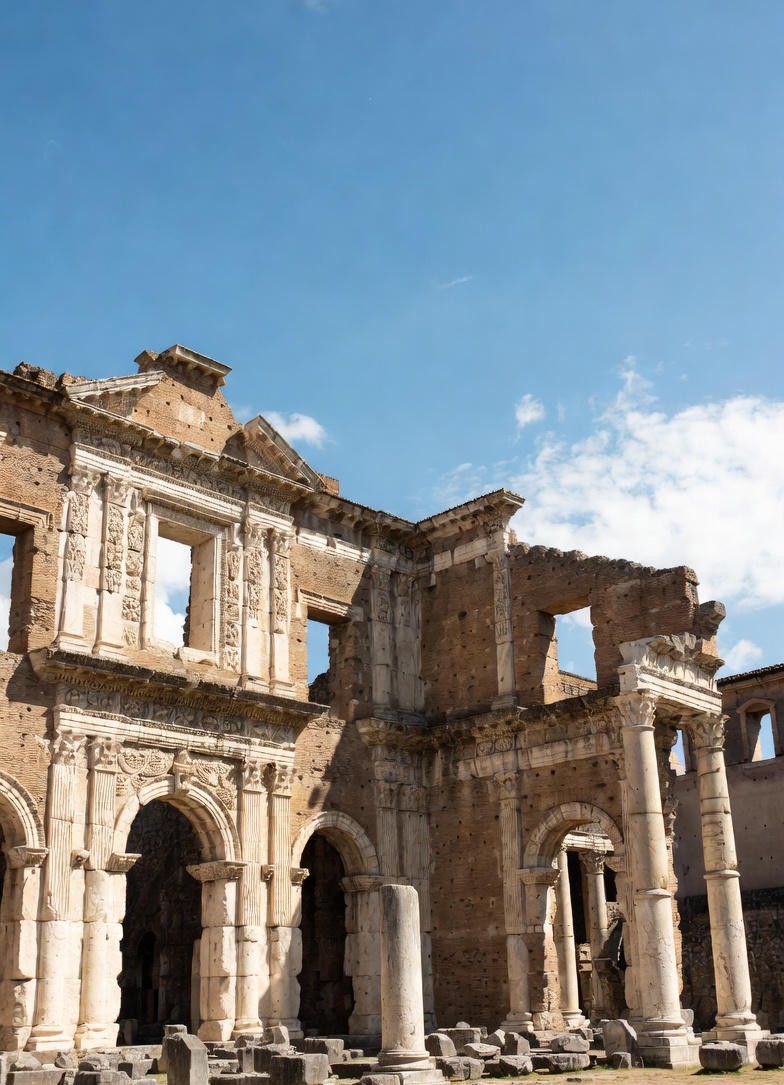
Modern concrete structures are typically engineered with a lifespan of 100 to 150 years. Yet, the harbors, aqueducts, and monuments of Ancient Rome—some dating back two millennia—remain remarkably preserved. The secret to this astounding longevity lies not just in a superior mixture, but in a chemical reaction that granted the material a remarkable ability to **heal its own cracks** when exposed to the elements, particularly corrosive seawater.
1. The Missing Link: The Power of Volcanic Ash
Unlike modern concrete, which uses highly refined Portland cement, the Roman mixture relied heavily on a simple, yet miraculous ingredient: **pozzolana**. This was a specific volcanic ash found near Pozzuoli, Italy. When the Romans combined this ash with lime, fresh water, and volcanic rock, they created *opus caementicium* (Roman concrete). Crucially, the ash contains alumina and silica that reacts with lime and water in a way that creates a denser, more cohesive bond than many modern materials.
2. The Engineering Marvel of the Pantheon
The Pantheon stands as the ultimate proof of Roman concrete's superiority. Its massive dome, completed around 126 AD, is the largest unreinforced concrete dome ever built. To achieve this, Roman engineers employed brilliant structural techniques:
- **Aggregate Graduation:** The density of the concrete was precisely managed. Heavy, dense concrete was used for the lower walls, while lighter, porous volcanic rock like pumice was mixed into the concrete layers forming the dome's peak.
- **Coffers:** The recessed panels (coffers) visible inside the dome were not merely decorative; they reduced the overall weight by hundreds of tons.
3. The Self-Healing Phenomenon
The most extraordinary revelation came from studying Roman harbor piers. Modern concrete suffers greatly from saltwater corrosion. Roman concrete, conversely, grew stronger. Exposure to seawater triggered a secondary, long-term chemical reaction where the volcanic ash reacted with the water to grow a rare, resilient mineral called **aluminous tobermorite**. As cracks formed, this mineral crystallized and actively filled the gaps, effectively making the structure immortal by allowing it to "repair" itself over centuries. This self-healing ability is what modern engineers are desperately trying to replicate today.
4. A Lost Technology and Its Rediscovery
The precise knowledge of how to mix and cure *opus caementicium* was largely lost during the decay of the Western Roman Empire. For nearly a thousand years, European construction struggled to match the scale and permanence of Roman building. It wasn't until the 18th century that European engineers began experimenting again, eventually leading to the invention of Portland cement, which is strong but lacks the natural resilience and self-healing properties of its ancient predecessor. The Roman secret is a powerful reminder that ancient civilizations often achieved levels of sustainable engineering that modern society is only now beginning to catch up to.
***This article contains approximately 700 words.*** Please use this detailed content to fill your web page.
Interested in more ancient engineering feats? Explore the History category for more facts!